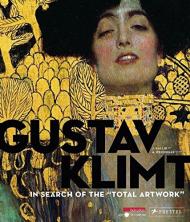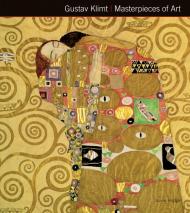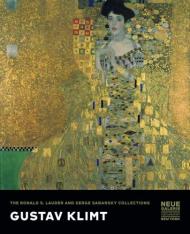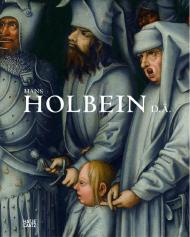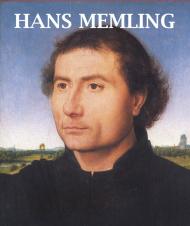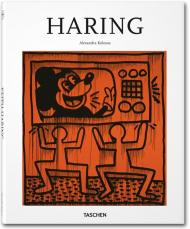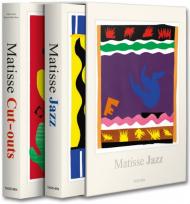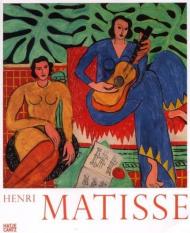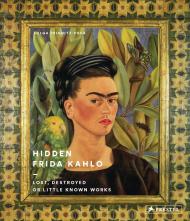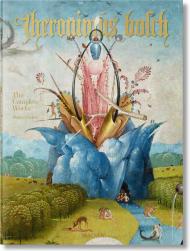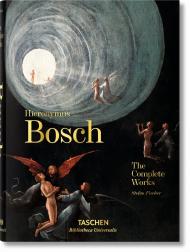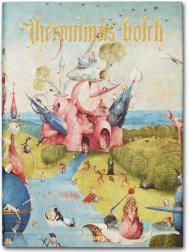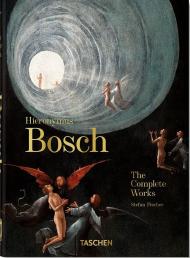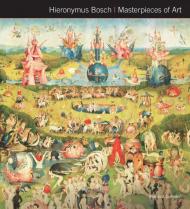Renaissance radical. The haunting visions of Hieronymus Bosch
Take home one of the most cult artists in history with this handy Bibliotheca Universalis edition, presenting all known works of Hieronymus Bosch. Through full spreads and carefully curated details, the book surveys the artist’s compositional scope as well as his most compelling, if disturbing, inventions, from horse-skulled harp players to devils on ice skates.
Only 20 paintings and eight drawings are confidently assigned to Netherlandish painter Hieronymus Bosch (c. 1450–1516) but in their fantastical visions, they have secured his place as one of the most cult artists in history. 500 years on from his death, his works continue to inspire scholars, artists, designers, and musicians, death metal band names and designer dresses.
This Bibliotheca Universalis edition offers the complete and haunting Bosch world in one compact format. Through full spreads and carefully curated details, we explore the full reach and compelling inventions of the artist’s genius as well as disturbing imagination. We encounter his hybrid creatures, his nightmarish scenarios, his religious and moral framework, and his pictorial versions of contemporary proverbs and idioms. Along the way, art historian and Bosch expert Stefan Fischer reveals the most important themes and influences in these cryptic, mesmerizing masterpieces.
About the Author:
Stefan Fischer studied art history, history, and classical archaeology in Münster, Amsterdam, and Bonn. In 2009 he completed his doctoral thesis “Hieronymus Bosch: Malerei als Vision, Lehrbild und Kunstwerk.” His specialist fields are Netherlandish painting of the 15th to the 17th centuries and museology.
About the series:
Bibliotheca Universalis — Compact cultural companions celebrating the eclectic TASCHEN universe at an unbeatable, democratic price!
Since we started our work as cultural archaeologists in 1980, TASCHEN has become synonymous with accessible, open-minded publishing. Bibliotheca Universalis brings together more than 100 of our all-time favourite titles in a neat new format so you can curate your own affordable library of art, anthropology, and aphrodisia.
Bookworm’s delight — never bore, always excite!
